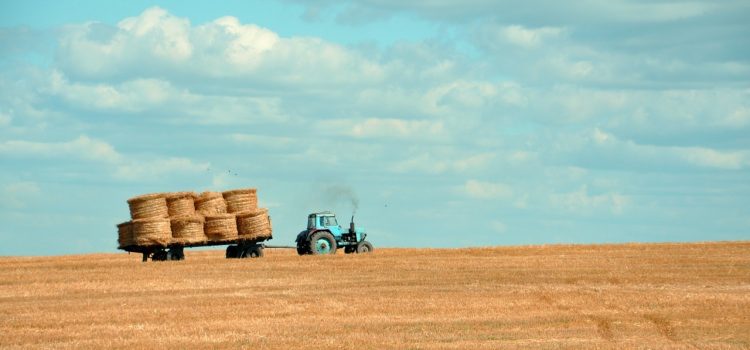As part of the revision of the EU’s Renewable Energy Directive, the European Commission proposed a gradual phase-out of crop-based biofuels, which should be replaced by more “advanced biofuels” that do not compete with food crops.
The revised proposal (RED II), includes a list of feedstocks that can be used for these “second-generation” advanced biofuels. The list features so-called ‘waste and residues’ which are considered to be more sustainable than purpose grown crops.
What classifies as waste and residues, and how sustainable these feedstocks really are, is a topic of intense debate.
Straw: waste or by-product?
Some of the agricultural raw materials listed in the directive’s annex have an alternative economic use, which may exclude them from the definition of waste.
For example, Copa-Cogeca, representative of EU farmers and their cooperatives, argues that “straw is a by-product and not a waste and it is used for animal bedding, or returned to soil as organic matter.”
The Joint Research Centre, the EU science hub, has stated that agricultural residues are not wastes as a significant portion needs to be left in the field to preserve soil structure and fertility. However, even after taking into account these needs, a large amount of straw is still available for producing biofuels or bio-based products.
Indirect land use change
For critics, a better indicator of sustainability would be to consider the indirect land use change (ILUC) factor – whether feedstock use causes food crops to be displaced in favour of other industrial uses.
On this basis, straw harvesting should be limited to a sustainable removal rate of 33-50%, meaning “no yield effect occurs and therefore no land use change effect is observed,” according to a 2013 Ecorys study.
Sustainable or unsustainable?
A coalition of NGOs has summed up the situation like so: “[many of] these feedstocks have not been through any kind of objective scientific analysis of their GHG impacts or sustainability, and include feedstocks […] which both have significant existing industrial uses,” the NGOs said.
In the Bio4Products project we will address this by producing a complete picture of the sustainability of the feedstock being used. For each biomass type, the sustainability of its production and supply will be assessed, covering issues like greenhouse gas emissions, energy use, competition with food and other applications, indirect land use change, carbon debt, biodiversity, and environmental impacts to soil, water and air.
Products or fuels?
When considering what do with these feedstocks, NGOs also request compliance with the cascading use principle. This principle gives priority to higher value uses that allow the reuse and recycling of products and raw materials and promotes energy use only when other options are starting to run out. It concretely prioritises material use of biomass before energy use since burning implies the raw material being lost.
By upgrading biomass into high value products such as resins, Bio4Products aims to adhere to this principle.
